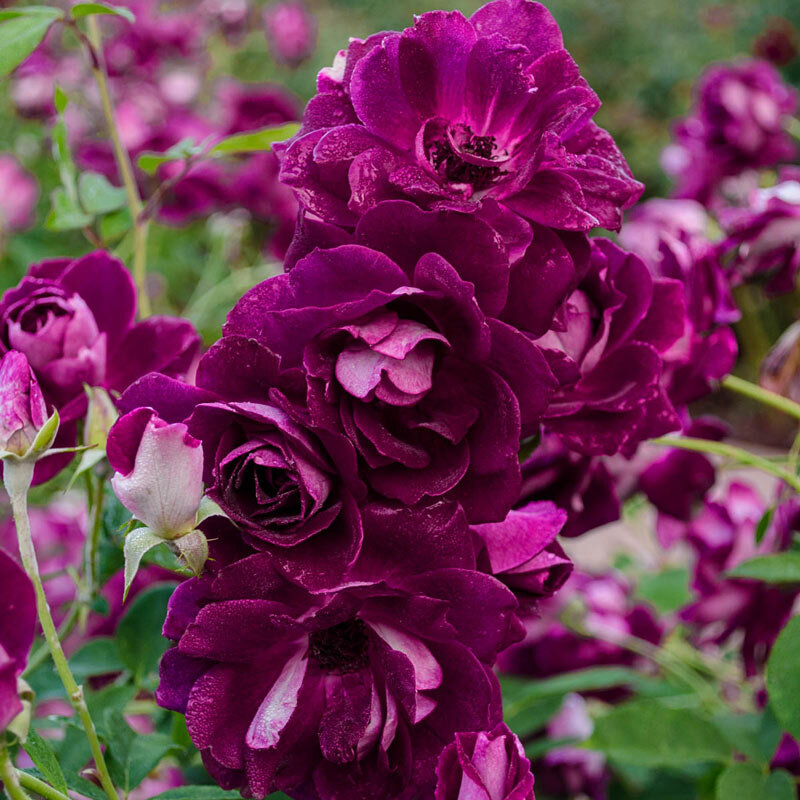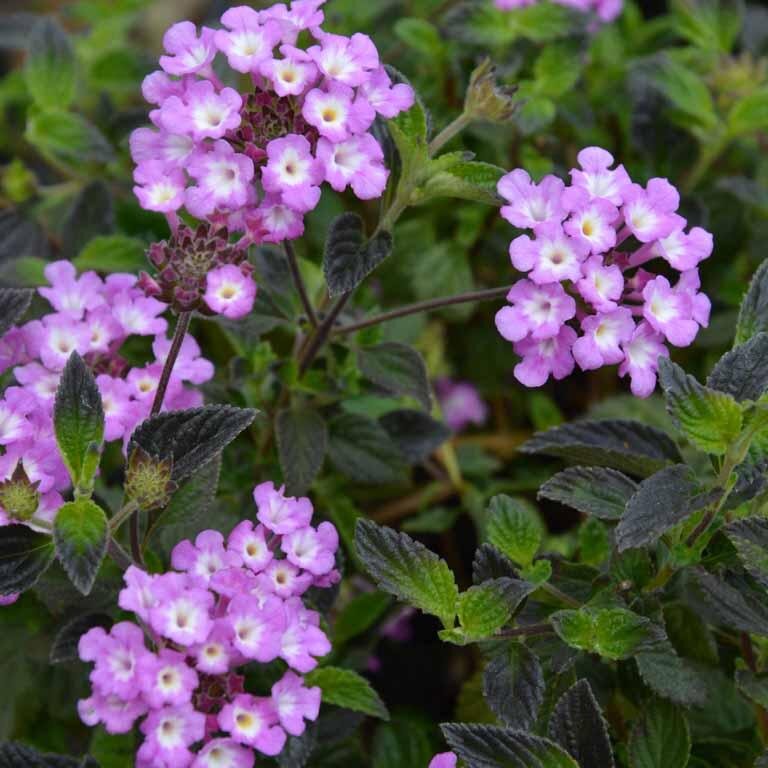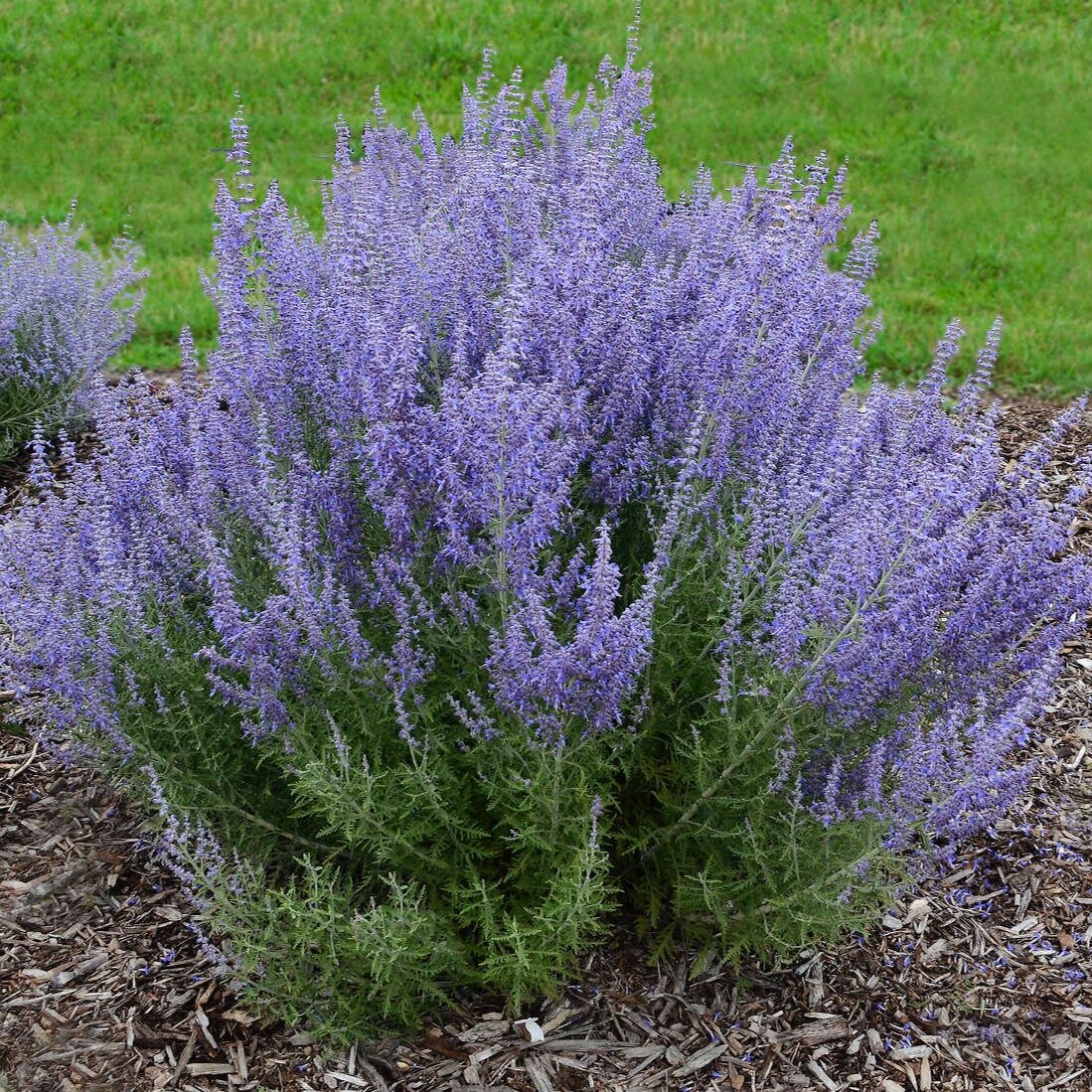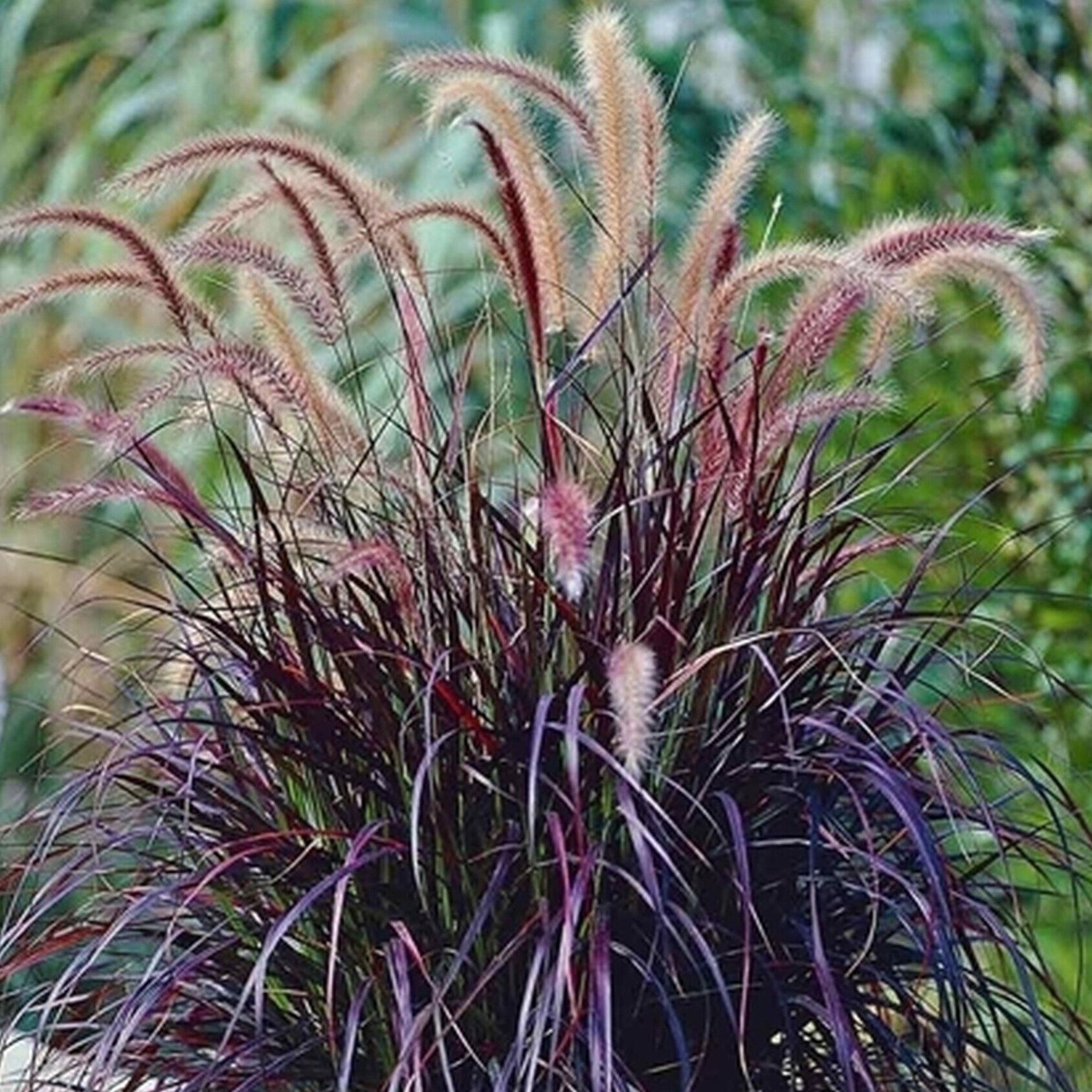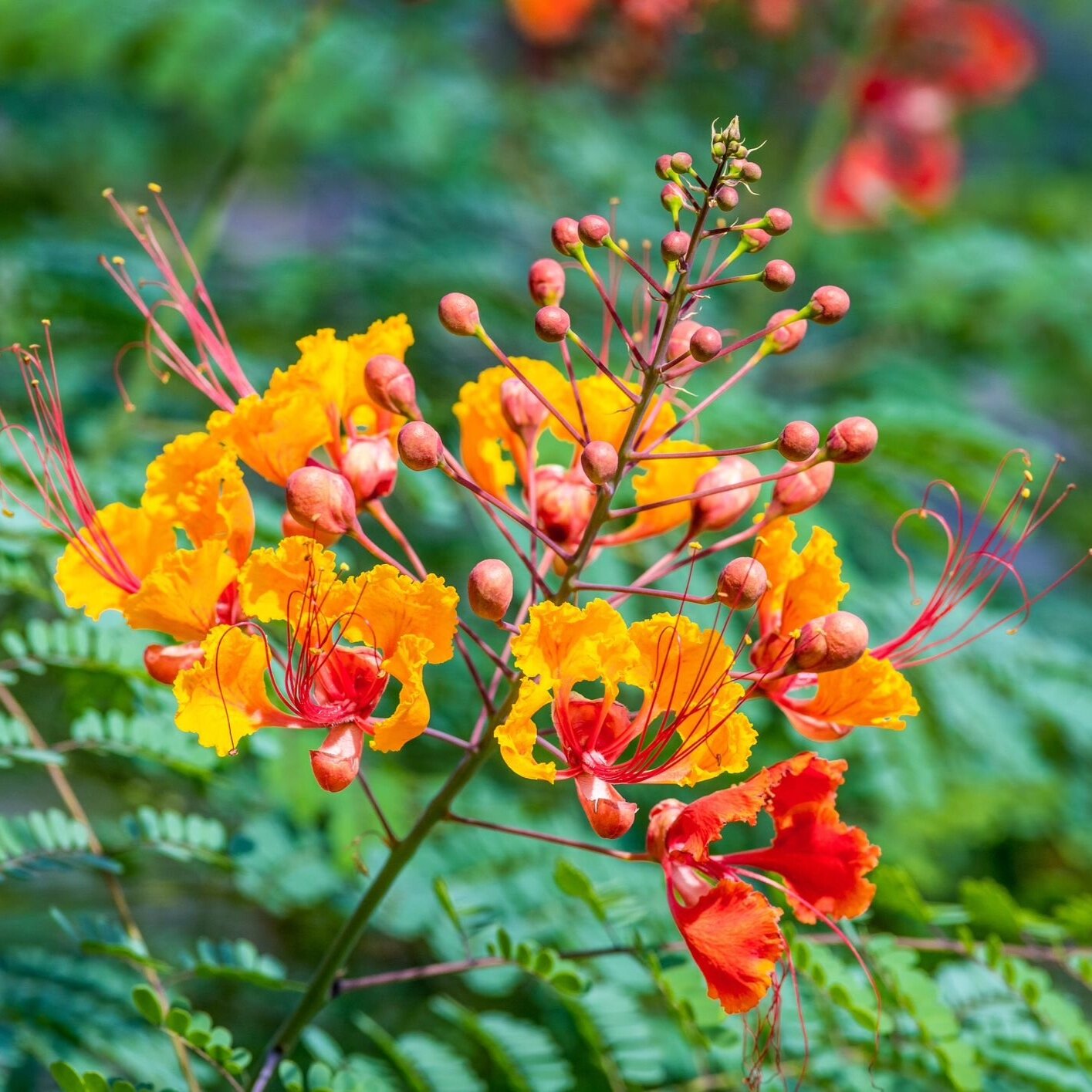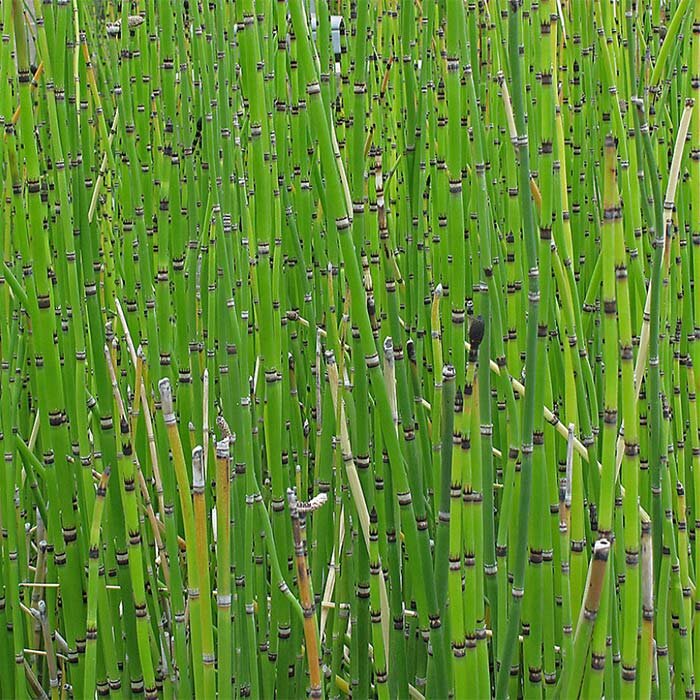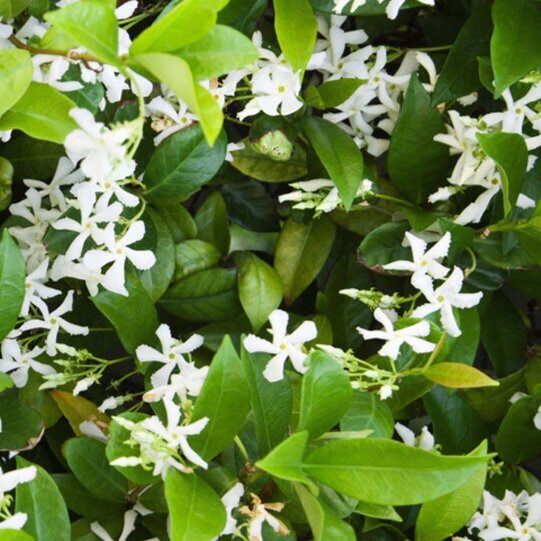Outdoor Plants
Visiting our nursery locations is well worth your time. Our full outdoor nurseries have a wide variety of plants, shrubs, and trees for all phases of your project. If you are looking for something specific, no problem, you can call any of our locations to order just what your looking for! All plants on site are available for purchase.
PLANTS AVAILABLE ON SITE
CALL TO ORDER
(818)464-4737
White Iceberg Roses
Light - Full sun.
Water - Weekly watering.
Soil - Well drained, humus enriched soil.
Burgundy Iceberg Roses
Light - Full sun.
Water - Weekly watering.
Soil - Well drained, humus enriched soil.
Lavender
Light - Full sun.
Water - Water once or twice a week after planting until established. Water mature plants every two to three weeks until buds form, then once or twice weekly until harvest.
Soil - Well-drained soil.
Purple Lantana
Light - Full sun or partial sun.
Water - Water newly planted lantana regularly to ensure healthy root development. While established Lantana plants are drought tolerant, they stage the best show when they receive roughly one inch of water per week.
Soil - Well-draining soil. Although these plants are tolerant of many soil conditions, Lantana prefers slightly acidic soil.
Red Lantana
Light - Full sun or partial sun.
Water - Water newly planted lantana regularly to ensure healthy root development. While established Lantana plants are drought tolerant, they stage the best show when they receive roughly one inch of water per week.
Soil - Well-draining soil. Although these plants are tolerant of many soil conditions, Lantana prefers slightly acidic soil.
Gold Lantana
Light - Full sun or partial sun.
Water - Water newly planted lantana regularly to ensure healthy root development. While established Lantana plants are drought tolerant, they stage the best show when they receive roughly one inch of water per week.
Soil - Well-draining soil. Although these plants are tolerant of many soil conditions, Lantana prefers slightly acidic soil.
Bougainvillea
Light - Full sun.
Water - Pretty drought tolerant once established. It prefers a good, deep watering every 3-4 weeks rather than frequent shallow waterings.
Soil - The soil should be well-drained which will help prevent rot.
Arizona Yellow Bell
Light - Full sun to filtered shade.
Water - Water newly planted yellow bell bushes every five to seven days and established bushes every six to 10 days.
Soil - A healthy yellow bell bush can survive without fertilizer. However, providing a little extra nutrition to support its growth and make the most of its abundant blooming doesn’t hurt.
Liriope
Light - Full sun or partial shade.
Water - Once established, liriope plants are fairly drought-tolerant, as long as they have well-drained soil. During the first growing season, water the plants regularly, but not every day as this can cause soggy soil conditions.
Soil - Well-drained soil.
Foxtail Fern
Light - Lightly shade area.
Water - Keep the soil lightly moist. Allow the top 3 inches of soil to dry out between waterings.
Soil - Foxtail ferns prefer soil that's moist and rich in organic matter. Adding mulch helps to boost the plant’s growth by slowly adding decomposing humus to the soil while also conserving soil moisture. This keeps the foxtail fern's roots cool, while blocking out weed invasions.
Russian Sage
Light - Full sun.
Water - Watering care for Russian sage plants is minimal. Russian sage thrives in dry soil and rarely needs watering once established.
Soil - Russian Sage thrives in fry soil.
Rainbow Flax
Light - Full sun or partial sun.
Water - Once established, needs only occasional watering.
Soil - One of the main requirements this plant has is well-draining soil. Boggy or heavy clay soils will reduce growth and can lead to rotten stems and rhizomes.
Purple Fountain Grass
Light - Full sun.
Water - Water newly planted grass once or twice a week until they are established. Give time for the soil to dry to the touch between each watering.
Soil - Will work with any well-drained soil.
Mexican Bird of Paradise
Light - Full sun.
Water - Water every 2 weeks while the flowers are blooming with little or no supplemental watering required during other times.
Soil - Requires well-drained soil. Keep the soil well watered in the spring and summer months, but allow it to dry out slightly in winter. One of the reasons bird of paradise doesn't grow well is soggy soils or soils that dry out too quickly.
Golden Barrel Cactus
Light - Full sun.
Water - Water infrequently (every month or two) and make sure the soil drains completely. Don’t leave any water sitting in the tray or allow them to sit in water. Golden barrel cacti are very prone to root rot.
Soil - Dry, well-drained soil, or cacti/succulent potting mix.
Tropical Bird of Paradise
Light - Full sun.
Water - Water every 1-2 weeks, allowing soil to dry out between waterings.
Soil - Birds of Paradise enjoy moist (but not soggy) soil, and being allowed to dry out slightly between waterings. Try to not let the soil dry out completely, but additionally avoid overwatering.
Bamboo
Light - Bright indirect light, but can tolerate low light conditions, although they will grow more slowly.
Water - It is necessary to saturate the entire planting area when growing running bamboo plants. You can restrict watering for clumping types to the area around the base of the plant.
Soil - Well-drained soil.
Horsetail Reed
Light - Full sun.
Water - In terms of moisture level in the soil, horsetail prefers a soil that is at least moderately wet. It can even grow in standing water up to a depth of about 4 inches.
Soil - Horsetail prefers poor, sandy, gravely soil. The more fertile the soil, the slower it grows.
Jasmine
Light - Full sun.
Water - Jasmine flowers should be watered once a week. If it is unusually dry or hot, increase the frequency, but let the soil dry out in between.
Soil - Needs well-drained but moist, moderately fertile sandy loamy soil.
Rosemary
Light - Full sun.
Water - Most varieties grow best in well-drained, loamy, slightly acidic soil.
Soil - Most varieties grow best in well-drained, loamy, slightly acidic soil. The preferred soil pH is between 6.0 and 7.0.
Red Autumn Sage
Light - Full sun.
Water - Through summer months, give your sage a deep soak twice per week. You should water twice per month in winter or when the soil is dry to the touch. A small plant with fewer leaves needs less water than a large leafy plant in full bloom.
Soil - Rich and well-drained for best bloom.
Echeveria Afterglow
Light - Full sun.
Water - This succulent type needs typical watering as the other succulents. The watering method is very important to keep your plant healthy. It should not sit on the water, and an excess amount of water should be avoided. The best way of watering is soak and dry method this succulent.
Soil - Easily grown in sandy, dry to medium moisture, well-drained soils
Agave Foxtail
Light - Full sun.
Water - This plant is drought tolerant and only required occasional watering.
Soil - Well-drained soil.
Dianella Cassa Blue
Light - Full sun to light shade.
Water - Once established, water occasionally.
Soil - Grows well in sandy soils and reportedly tolerates heavy clay if planted on a slope or mound to insure adequate drainage.
Phormium “Amazing Red”
Light - Full sun to part shade.
Water - verage water is needed during the growing season, but take care not to overwater.
Soil - Tolerates a wide range of soils, including poor soils and even a strong shade. Salt and drought tolerant but looks best with occasional to regular irrigation.
Phormium “Tricolor”
Light - Full sun to shade.
Water - Average water is needed during the growing season, but take care not to overwater. The first two years after a plant is installed, regular watering is important.
Soil - Moist and well drained soil. Soil is moist without being soggy because the texture of the soil allows excess moisture to drain away.
Phormium “Rainbow Warrior”
Light - Sun to partial shade.
Water - Average Water Needs, requires water regularly.
Soil - Well drained soil.
Gaura
Light - Full sun.
Water - Water pink gaura approximately once weekly when it's actively growing in spring, summer and fall and there is no recent rainfall. Supply enough water to moisten the top 6 inches of soil, or about 1 inch of moisture per week.
Soil - Well-drained soil.
Autumn Sage Purple
Light - Full sun.
Water - New plants will need water to establish, so make sure they are watered enough. A small plant with fewer leaves needs less water than a large leafy plant in full bloom. Through summer, give your sage a deep soak twice per week.
Soil - should be rich and well-drained for best bloom.
Scaevola
Light - Full sun.
Water - Water regularly but make sure the plant is in loose soil, as they do not grow well in boggy areas.
Soil - Well-drained garden soil.
Milkweed
Light - Full sun.
Water - A light watering each day until roots are well established, around 7-10 days.
Soil - Well-drained soil.
Red Hibiscus
Light - Full sun.
Water - May need to be watered 3 to 4 times weekly at the beginning of the summer and daily toward the end of the summer as the plants grow.
Soil - Needs moisture but well-drained soil.
Canna Lily
Light - Full sun.
Water - Cannas do best with a good supply of water. Water freely in a dry times.
Soil - Prefer rich, water-retentive, well-drained soils.
Alyssum White
Light - Full sun or partial shade.
Water - Provide at least an inch of water every week and more during hot or dry months. Make sure the water drains well, otherwise the plant is susceptible to rot.
Soil - Well-drained soil.
Chrysanthemums Paludosum White
Light - Full sun.
Water - Give them a good soak after planting, then water every other day or whenever soil is dry.
Soil - Grow in moist but well-drained soil with added compost or well-rotted manure in a sunny, sheltered spot.
Dianthus Rose
Light - Full sun.
Water - Dianthus flowers need weekly watering. Try one inch of water once a week. Avoid water-logging the soil.
Soil - Well-drained soil.
Dianthus Violet
Light - Full sun.
Water - Dianthus flowers need weekly watering. Try one inch of water once a week. Avoid water-logging the soil.
Soil - Rich, well-draining soil.
Lobelia Blue Moon
Light - Full sun.
Water - Once established, this plant requires little maintenance. During hot, dry periods, care of lobelia requires that the plant should receive frequent watering.
Soil - A general-purpose liquid fertilizer can be given once a month or every four to six weeks, if desired.
Lobelia Crystal Palace
Light - Full sunlight to partial shade.
Water -Water regularly to keep the soil lightly and evenly moist. A twice-weekly watering is recommended for garden plants. Daily watering is recommended for potted plants.
Soil - Work plenty of compost and organic matter into the soil before planting.
Marigold Antigua Orange
Light - Full sun.
Water - Water enough to make sure the soil is moist to a depth of 6 to 8 inches. If the weather is hot or windy, they'll need extra water. Water marigolds in pots when the top 1 to 2 inches of soil is dry.
Soil - Evenly moist, and well-drained soil.
Marigold Antigua Yellow
Light - Full sun.
Water - Water enough to make sure the soil is moist to a depth of 6 to 8 inches. If the weather is hot or windy, they'll need extra water. Water marigolds in pots when the top 1 to 2 inches of soil is dry.
Soil - Evenly moist, and well-drained soil.
Zinnia Dream Mix
Light - Full sun.
Water - Drought-tolerant, suitable for xeriscaping. Average water needs, water regularly.
Soil - Evenly moist, and well-drained soil.
Salvia Blue
Light - Full sun.
Water - Water thoroughly at least once a week to help new roots grow down deeply. Soil should be damp at about 1 inch below the soil surface.
Soil - Well-drained soil.
Salvia Red
Light - Full sun.
Water - Water thoroughly at least once a week to help new roots grow down deeply. Soil should be damp at about 1 inch below the soil surface.
Soil - Well-drained soil.
Salvia Mix
Light - Full sun.
Water - Water thoroughly at least once a week to help new roots grow down deeply. Soil should be damp at about 1 inch below the soil surface.
Soil - Well-drained soil.
Mandevilla Pink
Light - Need some shade. They enjoy bright, indirect light or filtered sunlight. However, they can get burned in direct, full sunlight.
Water - Water your plant weekly with a deep soaking until you see moist soil, or water draining from container plants.
Soil - Well-draining soil.
Mandevilla White
Light - Need some shade. They enjoy bright, indirect light or filtered sunlight. However, they can get burned in direct, full sunlight.
Water - Water your plant weekly with a deep soaking until you see moist soil, or water draining from container plants.
Soil - Well-draining soil.
Mandevilla Red
Light - Need some shade. They enjoy bright, indirect light or filtered sunlight. However, they can get burned in direct, full sunlight.
Water - Water your plant weekly with a deep soaking until you see moist soil, or water draining from container plants.
Soil - Well-draining soil.
Petunia Appleblossom
Light - Full sun.
Water - Petunias are tolerant of heat regular watering is not necessary. A thorough watering once a week should be sufficient.
Soil - average, medium moist, and well-drained soil
Petunia Ultimate Burgundy
Light - Full sun.
Water - Petunias are tolerant of heat regular watering is not necessary. A thorough watering once a week should be sufficient.
Soil - Average, medium moist, and well-drained soil.
Petunia Daddy Mix
Light - Full sun.
Water - Water the seeds as the soil starts to dry. It should always be moist, but never wet or muddy.
Soil - Average, medium moist, and well-drained soil.
Petunia Rose Neon
Light - Full sun.
Water - Average water needs. Water regularly, but do not overwater.
Soil - Well-drained, fertile soil.
Pygmy Date Palm
Light - Sun to full shade.
Water - Water once each week.
Soil - To care for a pygmy date palm, be sure to maintain a regular watering schedule and plant this tree in sandy, well-drained soil.
Cordyline Variegated
Light - Bright light but avoid direct sunlight.
Water - Water the plant deeply and as needed so the soil around the plant roots is constantly moist but not wet.
Soil - Rich, well-drained high-quality potting mix with a pH of 6 to 6.5.
Bells of Fire
Light - Full sun.
Water - Low water once established/water-wise.
Soil - Well-draining soil.
Lion’s Tail
Light - Full sun,
Water - Water every three weeks until the root ball is wet.
Soil - Will grow in many types of soil as long as it is well-drained. It prefers neutral or alkaline soil pH. The plants are drought-resistant and tolerate dry soil.
Banana Red Leaf
Light - Full sun.
Water - Water regularly to maintain evenly moist soil - weekly, or more often.
Soil - Be sure the soil at the planting site is well drained.
GROUND COVER
CALL TO ORDER
(818)464-4737
Myoporum
Light - Full sun or part shade.
Water - When newly planted, water weekly or when the top 2 inches of soil dries out. Once established, does not need much water. A deep watering every one to two weeks in the summer, less often in the fall and winter, is all it needs.
Soil - It needs a well-draining soil, but the soil can be clay, loamy or sandy. The soil pH should be below 7.0.
Asparagus Fern
Light - Full sun to shade.
Water - Can survive during periods of drought, but you should continue to water it every time the soil is dry. During the winter, you should water the plant less, about once a week.
Soil - Well-drained potting soil. Outdoors, plant it in rich, well-drained soil that is slightly acidic. It is generally tolerant of less-than-ideal soil conditions.
Blue Fescue
Light - Full sun.
Water - Once established, water occasionally. Very drought tolerant, making it a great choice for rock gardens.
Soil - Prefers relatively dry soil that is well-drained. Will not tolerate wet, soggy conditions.
Japanese Boxwood
Light - Right combination of sun, shade and wind protection.
Water - Water deeply, as frequent, shallow irrigation will not reach the root zone. Until established, after about two years, boxwoods will need at least weekly watering.
Soil - Be sure to plant your boxwood in soil that drains well.
Little Ollie
Light - Full sun.
Water - Once established, only occasional water is required.
Soil - Thrives in average to lean, well-drained soils.
Ceanothus Yankee Point
Light - Full sun.
Water - Moderate. This plant requires water every 10-14 days.
Soil - Tolerates seaside conditions, alkaline soil, sand and clay.


